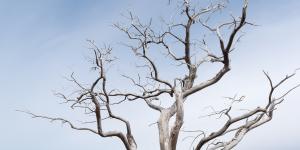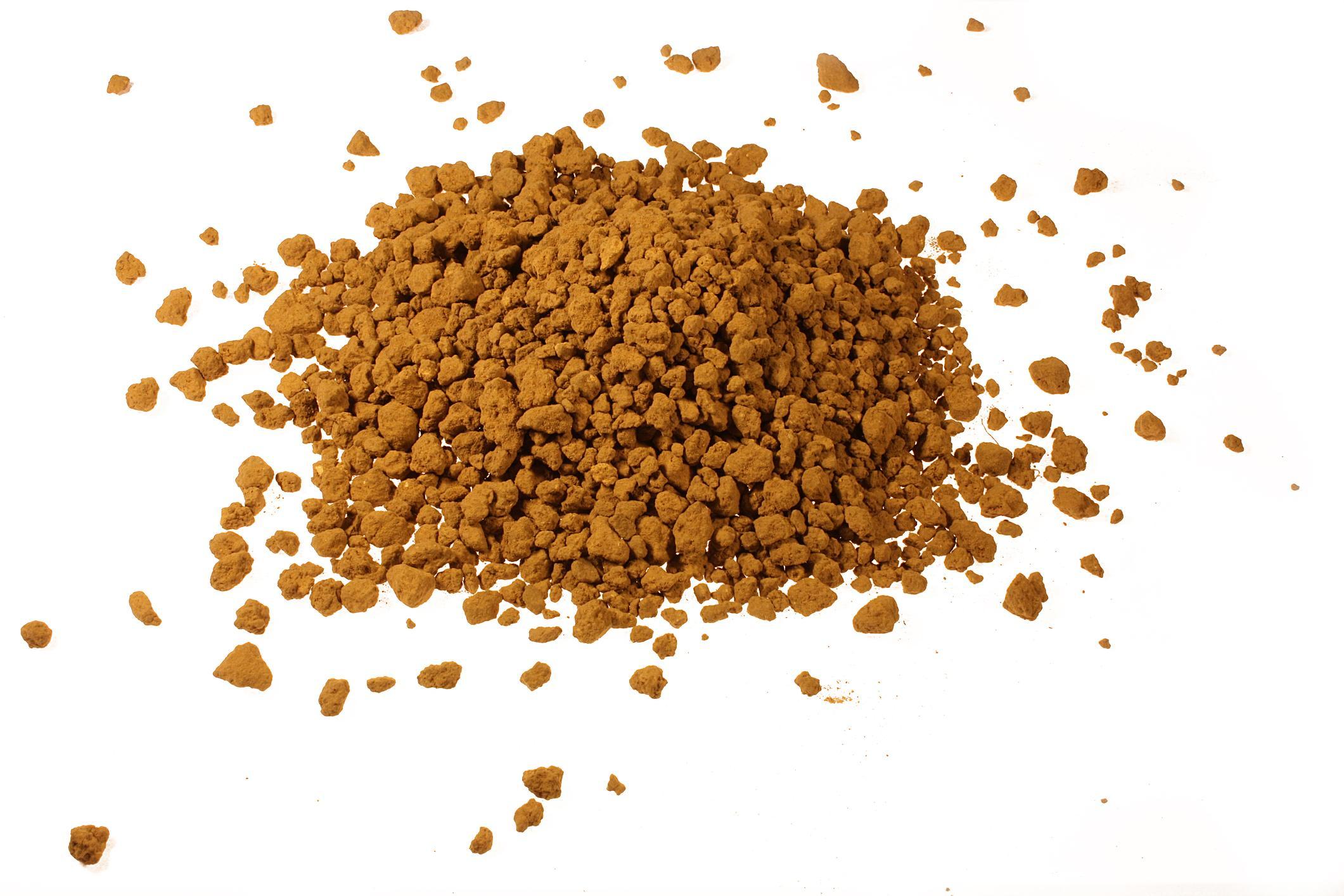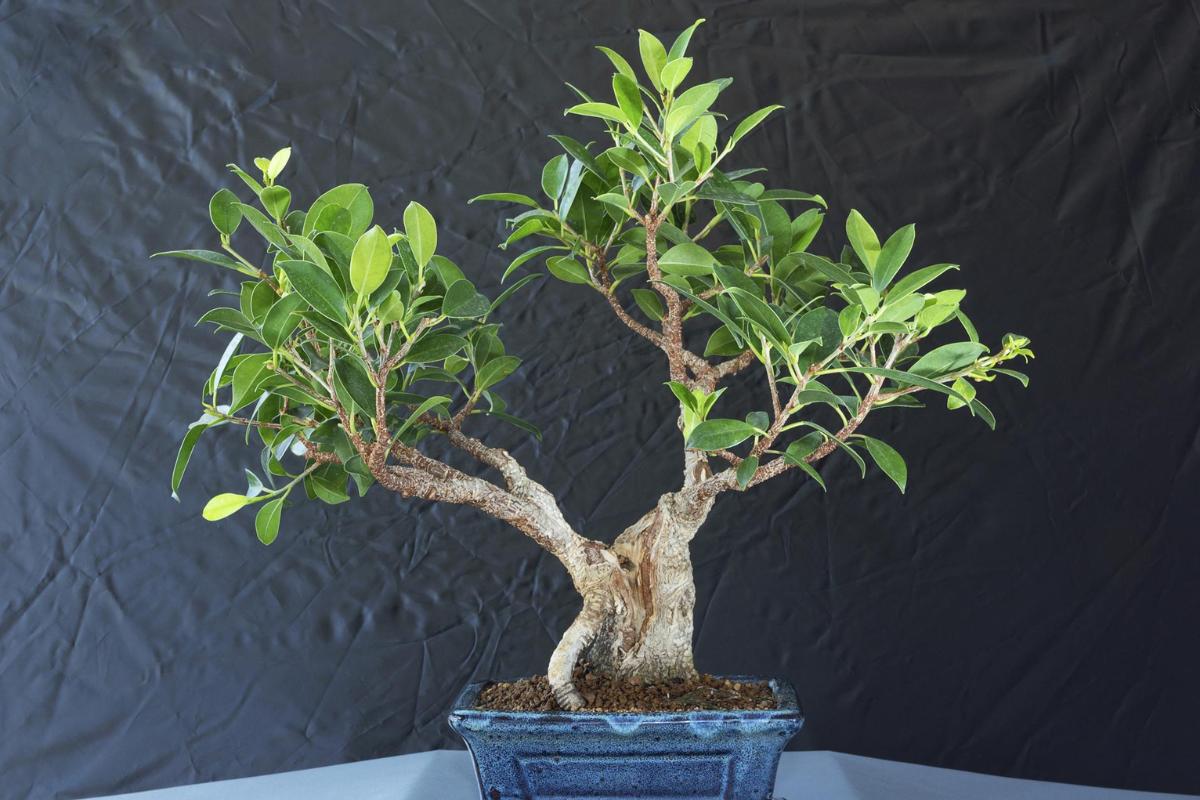What Is Akadama Soil for Bonsai?


Akadama is a type of clay-like soil commonly used in the art of bonsai. It is highly prized for its use in growing miniature trees in trays. Although naturally occurring, it is has been specifically adapted for use in bonsai soils due to its many benefits. One of its most important benefits its seemingly contradictory ability to retain moisture and provide excellent drainage. In addition to the pruning, tapering and training required to grow bonsai trees, careful administration of the soil is required. Akadama is greatly beneficial to many types of bonsai trees, although this will depend on the indiviudal plant.
To learn more about whether you need this type of substrate for your plants, thedailyECO asks what is akadama soil for bonsai? We look at the benefits, properties and uses of akadama to learn more.
What is akadama soil?
Also known as akadamatsuchi, akadama soil is a type of substrate used for plants. Rather than a naturally occurring soil in itself, akadama is a mineral which is derived from previous volcanic activity. It is no coincidence akadama is used in Japanese bonsai since most of the mountains in Japan are of volcanic origin. Akadama is a mineral which results from the cooling and solidification of lava.
Akadama is a highly sought after mineral for bonsai substrates, but it is not as readily available as other options. This means it can be quite expensive. Many akadama preparations come from the famous Mount Fuji, increasing the value of this special bonsai substrate.
Extraction of akadama is carried out by strip mining, also known as surface mining. Although strip mined, akadama can still exist at different depths with its quality correlated with the depth from which it is extracted.
Here are some properties of akadama soil for bonsai:
- Akadama means ‘red ball’ in Japanese, although the color is closer to ocher than true red.
- There are different types of akadama categorized by their hardness. The deeper the akadama is extracted, the harder the material. The most sought after akadama are the hardest types as they have a longer duration of usefulness than the softer types. The akadama extracted from the higher parts of the ground tend to become a paste when in constant contact with water.
- There are varieties in size with pieces ranging from 1 to 25 millimeters in diameter, distinguishing between fine, small, medium or large grain.
- It has a pH of 6.5 to 6.8, meaning it tends to be slightly acidic.
- Some types of akadama can be baked to harden them and enhance their properties. This variety is known as yaki akadamatsuchi.
Learn about other types of substrate used in home gardening with our article on how to make worm castings at home.

What is akadama used for?
As explained akadama is used as a soil for bonsai trees. The reason why it is so good for this purpose is due to its various benefits for small plants. The main benefits of akadama soil are:
- Since they are perforated with lots of tiny holes, akadama granules are great for retaining water in a plant's substrate. This retention capacity helps to release the necessary nutrients and maintains good ventilation in the substrate. The irregularity that the granules form between them also enhances these capacities.
- Although it is great at retaining moisture, akadama promotes the filtration of excess water and prevents plant roots from rotting due to waterlogging.
- The akadama gets wet it turns a darker color, so it can also be used as an irrigation indicator. This means it tells you that the bonsai needs more water with visualization alone.
- The most common use is as a substrate for bonsai professionals, being the best material for growing bonsai. It can also be used for other plants that grow inside containers. A good example is types of cacti and succulents that require good drainage.
- Another important property of this substrate is as a root growth stimulator, promoting the general growth of the plant.
Learn more about our planet's flora by looking at our guide to spermatophyte plants.

Is akadama the same as pumice?
Akadama soil is similar to pumice in that it is also a type of volcanic rock. However, it is less vesicular than pumice and also generally less hard. This will depend on the level at which the akadama has been strip mined.
The soil used for a bonsai tree is often a mixture of different types of substrate, so it is not uncommon for akadama and pumice to be mixed in the same soil. Generally speaking akadama promotes fine roots due to its smaller pores. Akadama also breaks down over time from water saturated. Pumice does not break down as easily. Whether your bonsai tree needs more pumice or akadama depends on its specific needs.

How to use akadama for plants
Despite how exotic or specific it may seem, akadama is exported and can be found in some gardening stores or online. Sometimes it may only be available in specialized stores for bonsai or horticulture.
- Akadama can be used for the entire substrate, but it is much more common to be mixed with other materials to create a more rounded base for a bonsai plant.
- Akadama should always be washed with water and then dried thoroughly before adding to any mix or pot.
- It is important to consider that the proportion of akadama to be placed must be high if the environment is humid. The purpose of this is to promote the filtration of excess water.
There are endless mixtures that can be used to incorporate akadama depending on what we want to obtain for the plant. This is often determined by the materials we have available. Below we provide a recommendation that promotes root aeration and correct development, good drainage and nutrient supply:
- 1 part akadama
- 1 part pumice stone
- 1 part kiryuzuna
Another good mix for drainage is:
- 3 parts of akadama
- 1 part clay soil
- 1 part Fuji sand
In case you want to incorporate fertilizer, the following is a good option:
- ½ akadama
- ¼ potting compost
- ¼ soft gravel
This mixture can also be used to prevent water rot. It is used for bonsai transplants to larger containers:
- 80% akadama
- 20% river sand
- 10% bamboo charcoal
When making these types of akadama soil for bonsai, we want to incorporate air so that it does not remain compact. To do so, the procedure is the following:
- Incorporate the two non-akadama components in a planter or suitable container.
- Mix and knead well to remove possible lumps.
- Add the akadama and mix well again to finish placing the desired plant.
It is important to mention that akadama can be expensive because it is an imported product. If you want to economize on use, you can add just one bed of akadama to the bottom of the container to serve as a filter. You can then place the rest of the substrate you have available. You can also add it to the bottom of pots that do not have a hole. Any planter or pot containing akadama must be replaced every 2 years due to its decomposition.

If you want to read similar articles to What Is Akadama Soil for Bonsai?, we recommend you visit our Gardening category.
- Kawasumi, M. (2005) The secret techniques of bonsai . Japan: Kodansha International.
- Kellerhals, J. & Marval, M. (2022) Freestyle bonsai . Beverly: Quarto Publishing Group.
- Rines, C. (2022) The Basic Beginner's Guide to Gardening . Babelcube books.








